Google Translate will transcribe translations in real time on Android (The Verge. Alt: CNet)
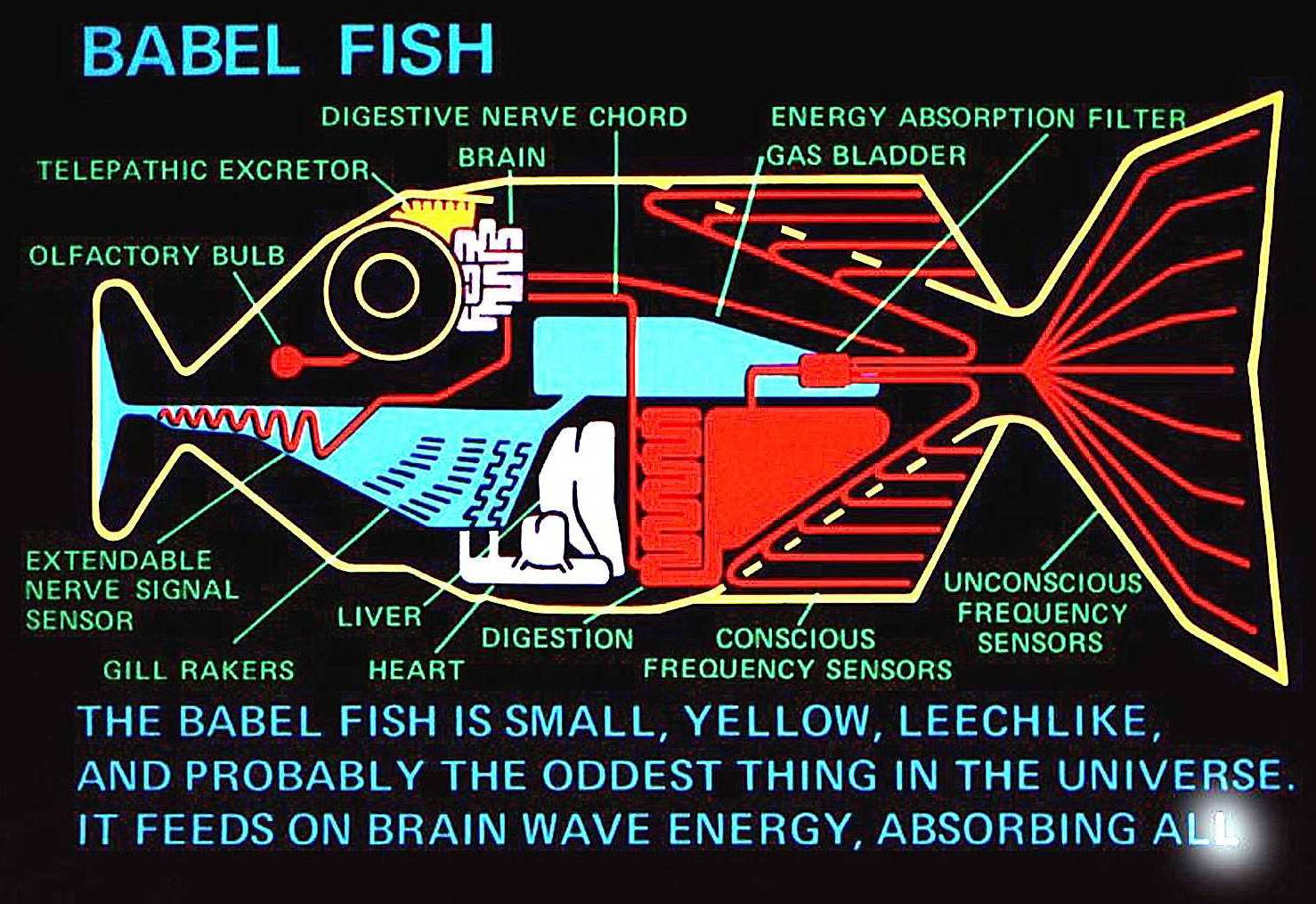
Google Translate will transcribe translations in real time on Android (The Verge. Alt: CNet)

@celebreedy - A StyleGAN based Twitterbot that Mixes Celebrity Faces - by @erocdrahs
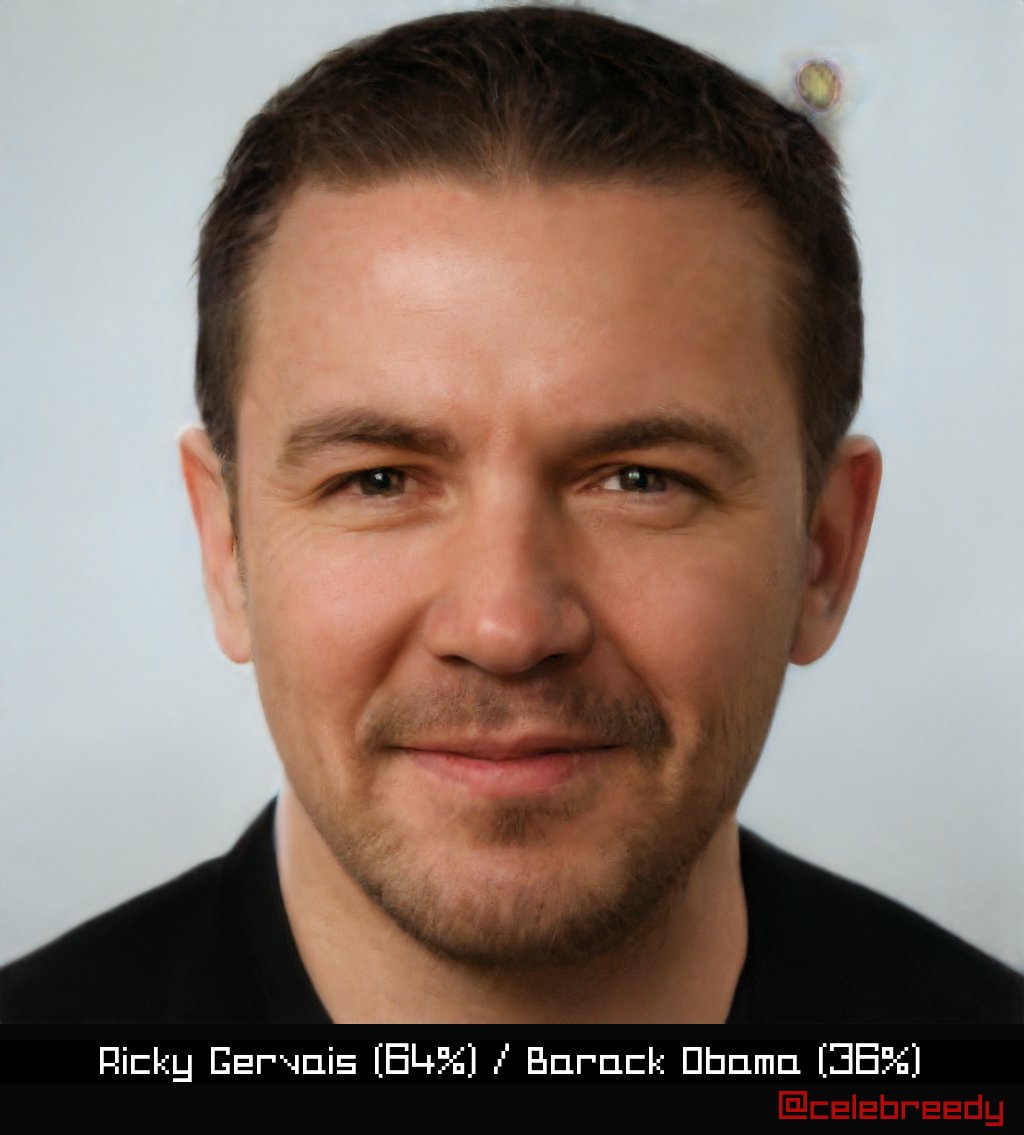
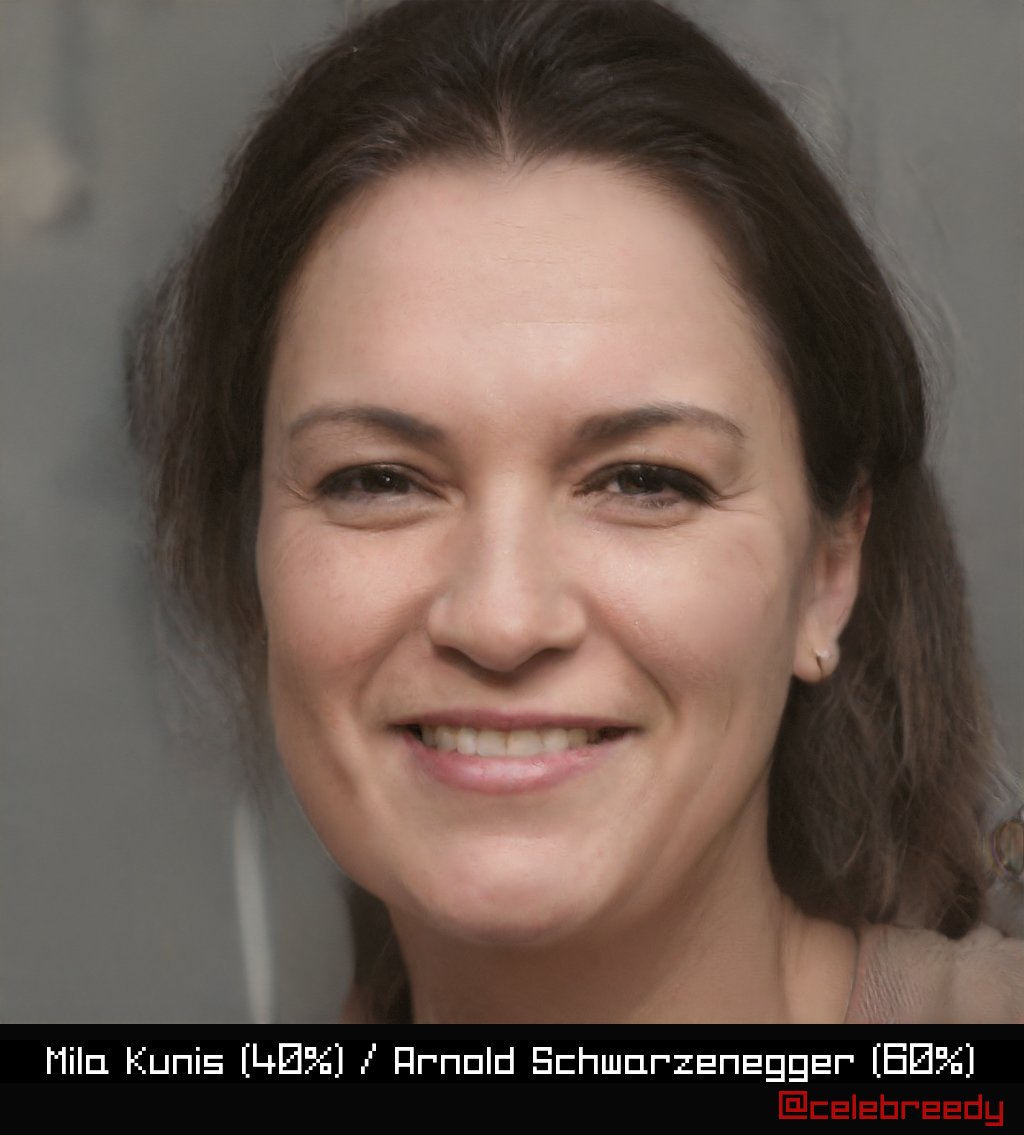
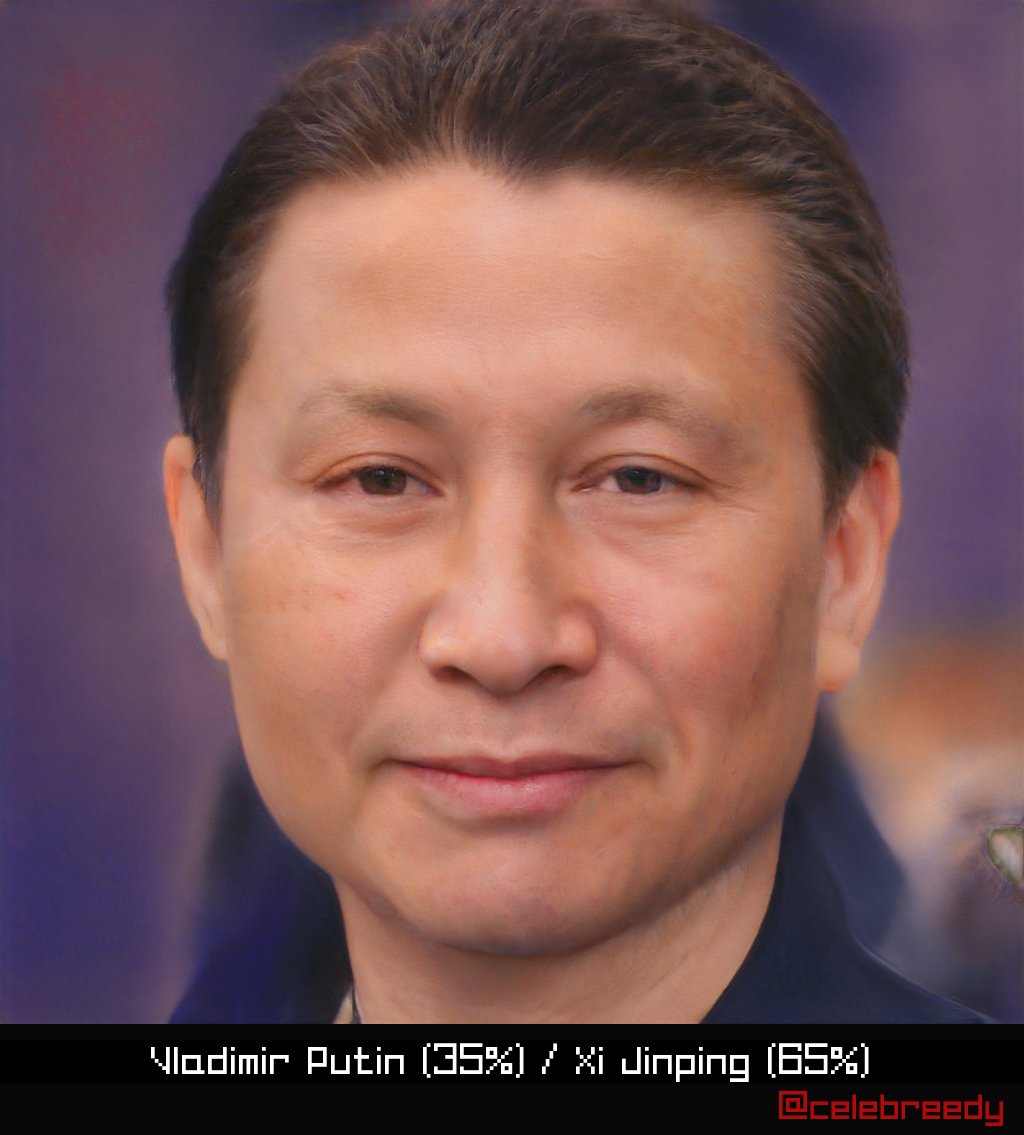

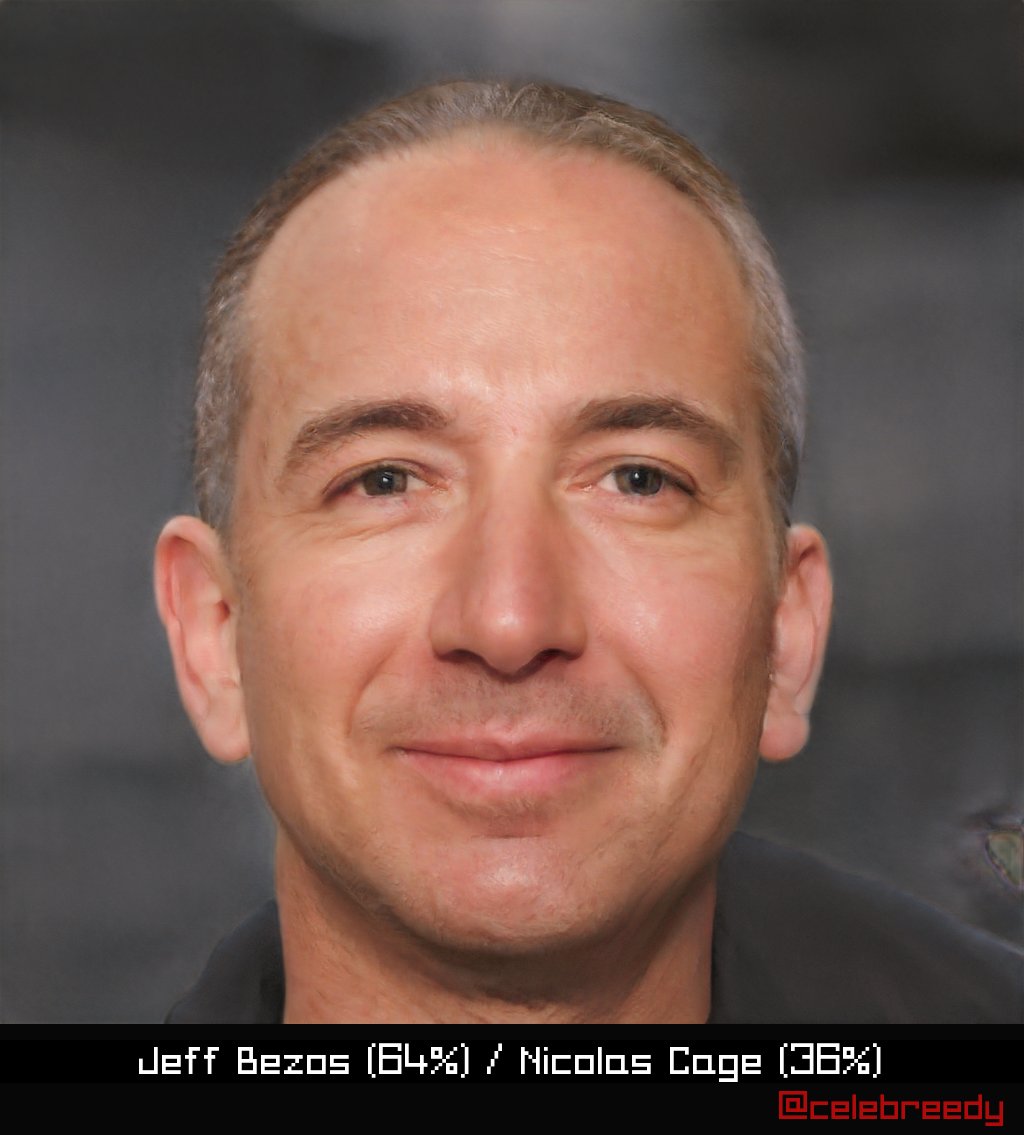
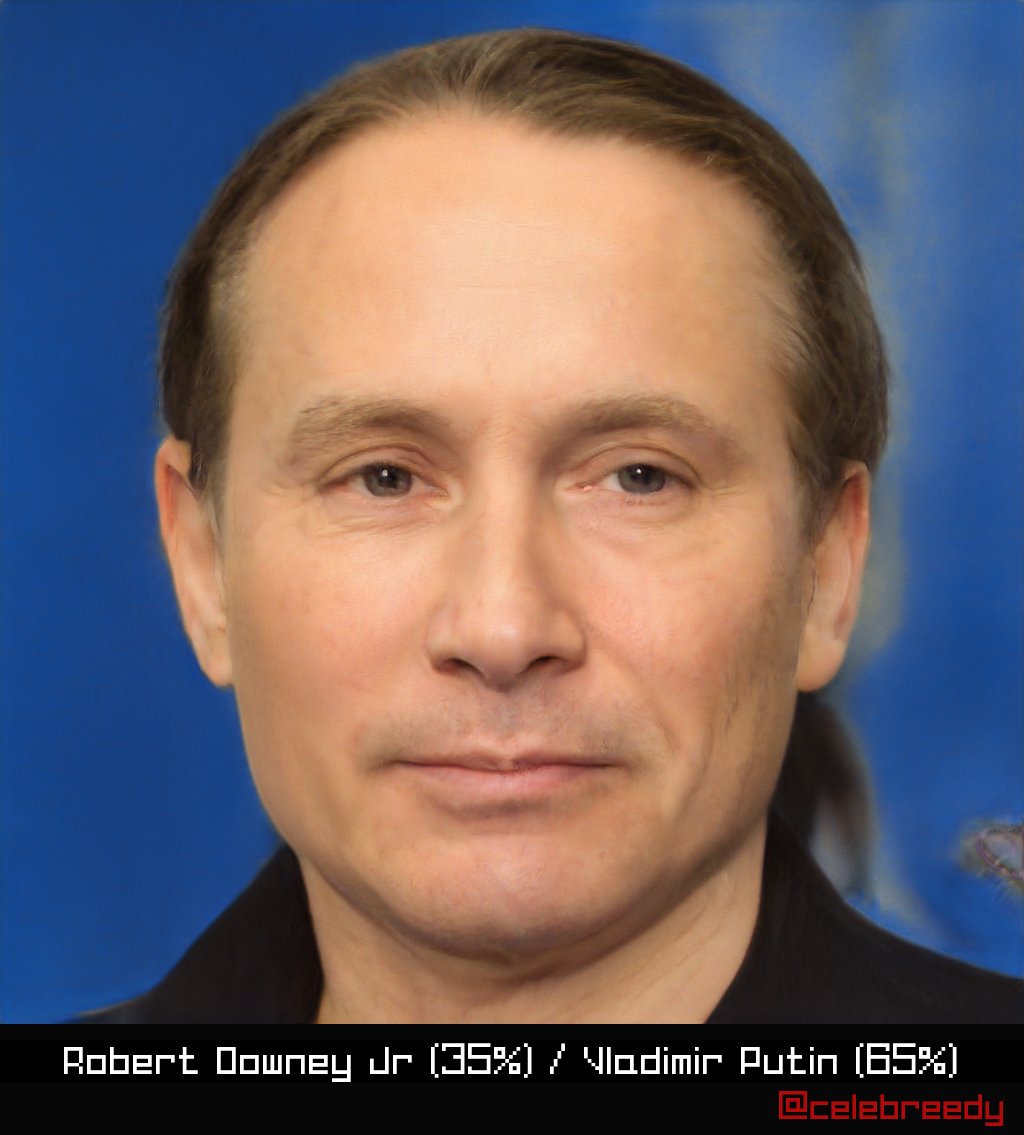
A Complete List of All (arXiv) Adversarial Example Papers - by Nicholas Carlini (2019)
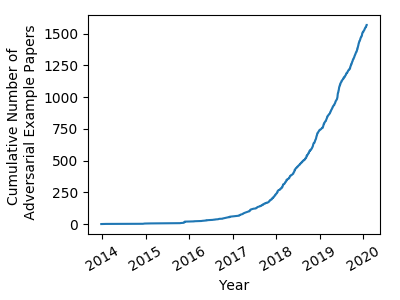
It can be hard to stay up-to-date on the published papers in the field of adversarial examples, where we have seen massive growth in the number of papers written each year. I have been somewhat religiously keeping track of these papers for the last few years, and realized it may be helpful for others to release this list.
DiffTaichi: Differentiable Programming for Physical Simulation (ICLR 2020) (Code)

Video Review: Finally, Differentiable Physics is Here! - by Two Minute Papers
#ML #Generative
ODYM - An open software framework for studying dynamic material systems: Principles, implementation, and data structures - by Stefan Pauliuk & Niko Heeren (2019) (Code)

The ODYM model framework is a software library for dynamic material flow analysis (MFA) for modeling biophysical stock-flow relations in socioeconomic metabolism.
"Through Fields" Animation Created using GauGAN (via)
Intuitionism in the Philosophy of Mathematics
Intuitionism is a philosophy of mathematics that was introduced by the Dutch mathematician L.E.J. Brouwer (1881–1966). Intuitionism is based on the idea that mathematics is a creation of the mind. The truth of a mathematical statement can only be conceived via a mental construction that proves it to be true, and the communication between mathematicians only serves as a means to create the same mental process in different minds.
“Learning preserves the errors of the past as well as its wisdom.” - A.N.Whitehead
“It isn’t what we don’t know that gets us into trouble, it’s what we know that ain’t so.” - Will Rogers
“Every man takes the limits of his own vision for the limits of the world.” - Arthur Schopenhauer
“The art of being wise is the art of knowing what to overlook.” - William James
“Never try to tell everything you know. It may take too short a time.” - Norman Ford
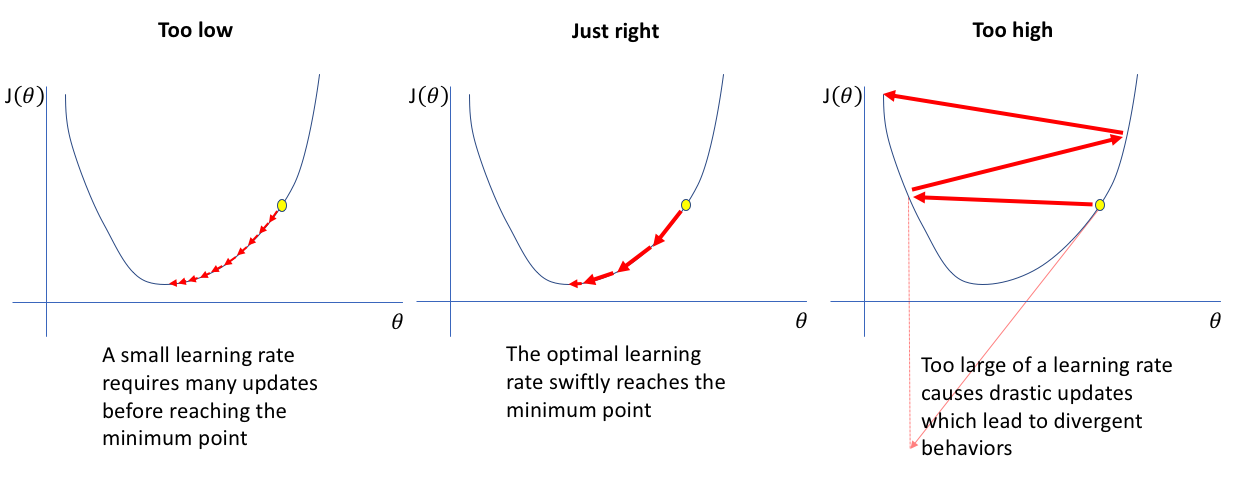
"In ecological ABM (often referred to as "individual-based models" in ecology), agents may, for example, be trees in forest, and would not be considered intelligent, although they may be "purposeful" in the sense of optimizing access to a resource (such as water). The modeling process is best described as inductive. The modeler makes those assumptions thought most relevant to the situation at hand and then watches phenomena emerge from the agents' interactions. Sometimes that result is an equilibrium. Sometimes it is an emergent pattern. Sometimes, however, it is an unintelligible mangle."
Related Research:
Hash: Do we see a new player pushing simulation into the mainstream? - Benjamin Schumann about the simulation startup https://hash.ai/ (see their post "Information Failure")

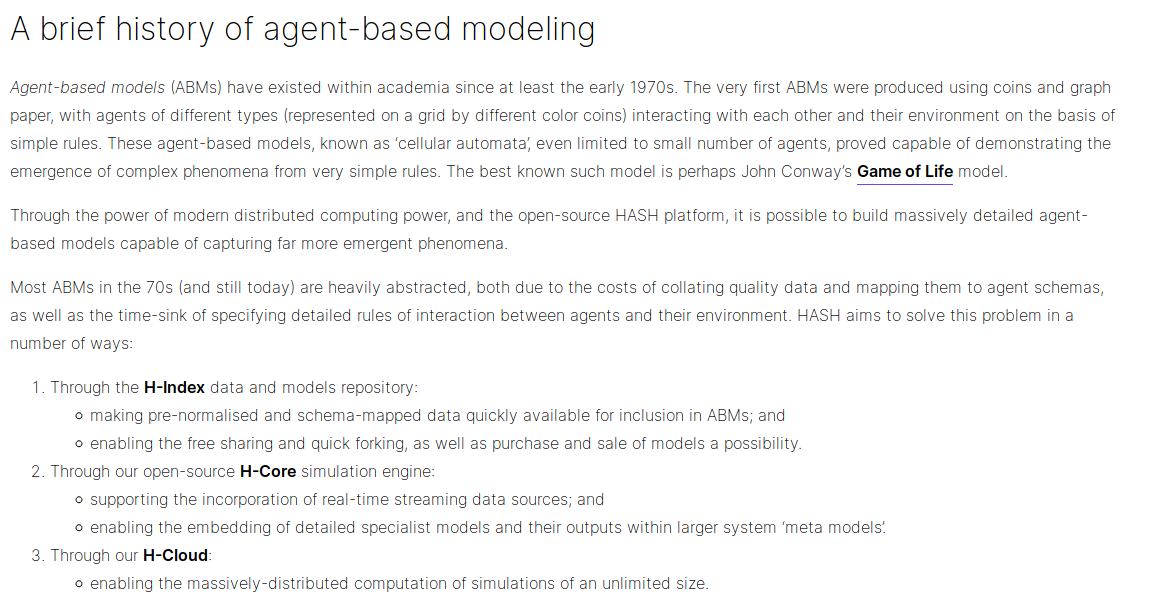
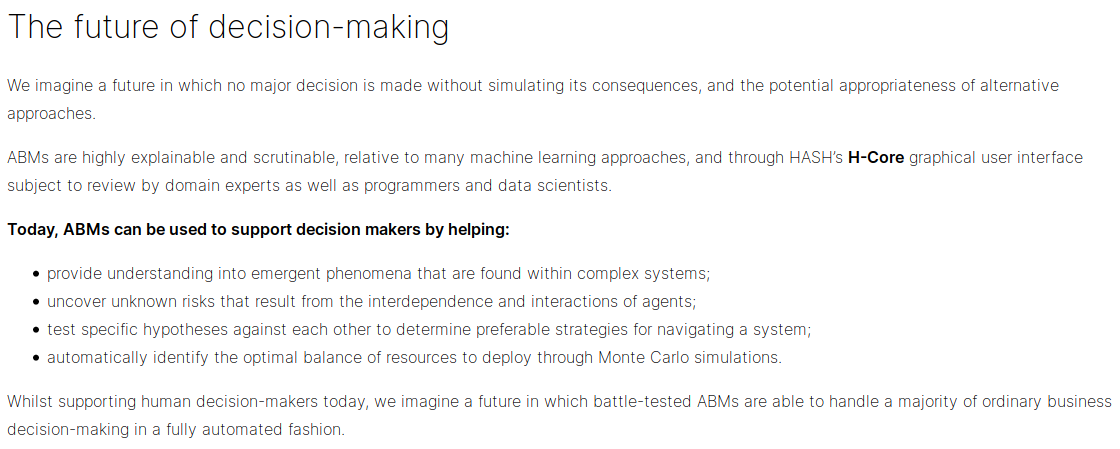
Jay Wright Forrester was a American computer engineer and systems scientist. He was a professor at MIT. Forrester is known as the founder of system dynamics, which deals with the simulation of interactions between objects in dynamic systems and is most often applied to research and consulting in organizations and other social systems.

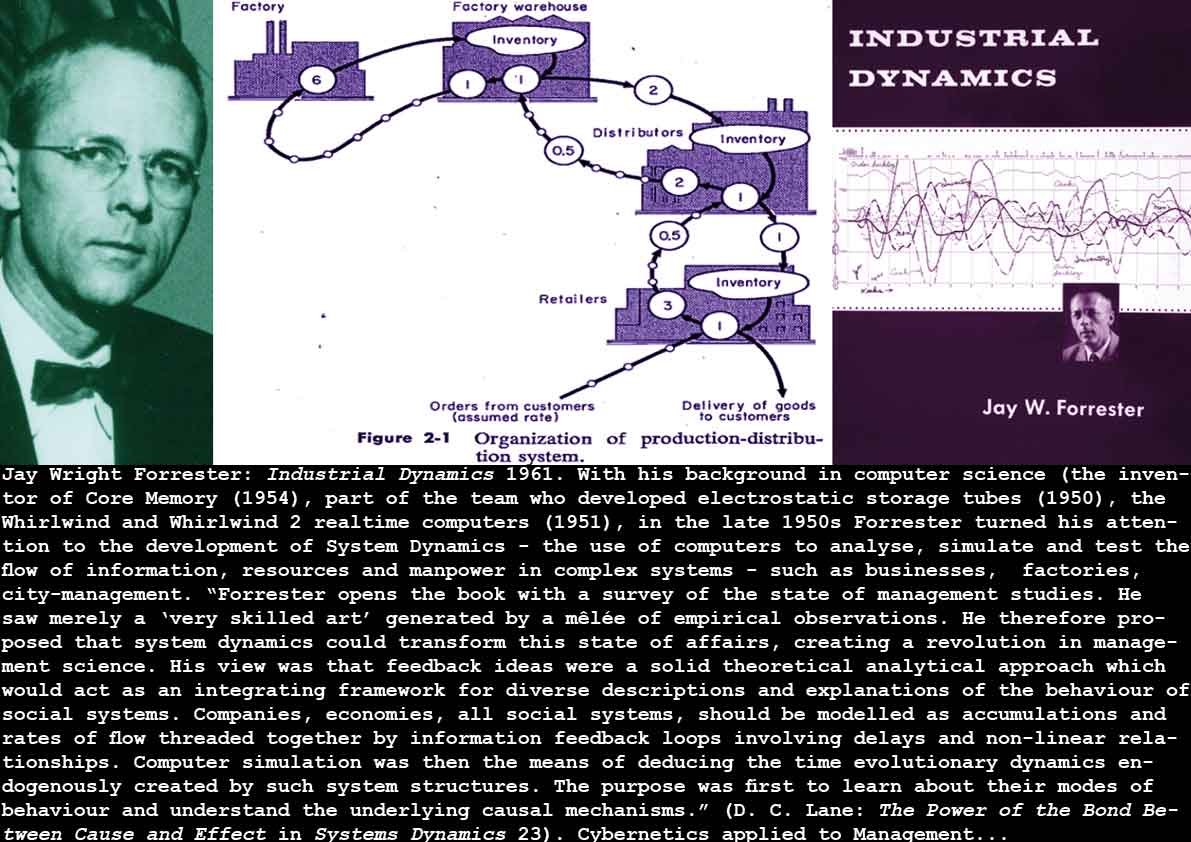
The Many Careers of Jay Forrester (MIT Tech Review)
"Computing pioneer Jay Forrester, SM ’45, developed magnetic-core memory. Then he founded the field of system dynamics. Those are just two of his varied pursuits."
Jay Forrester’s System Dynamics and World Model
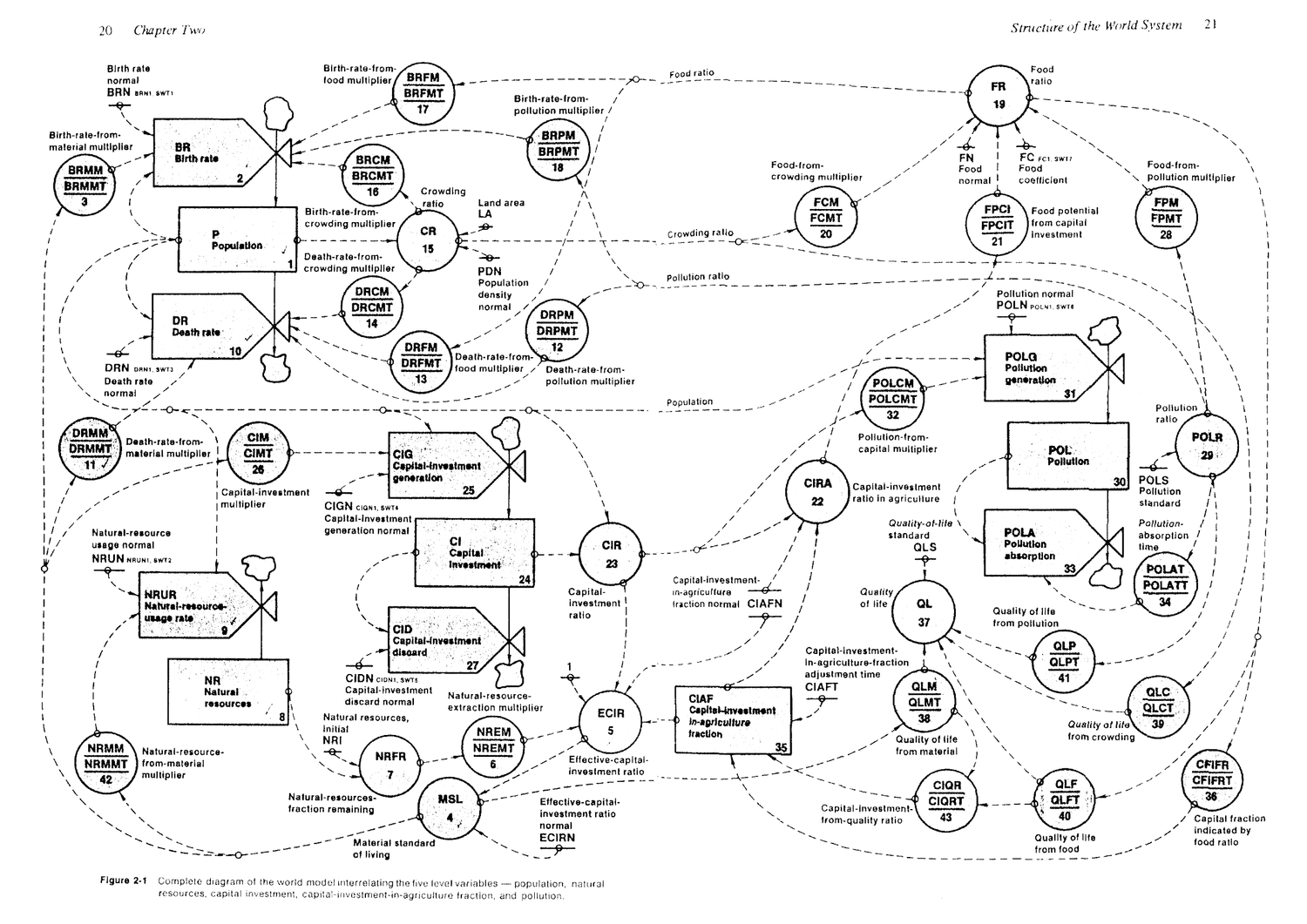
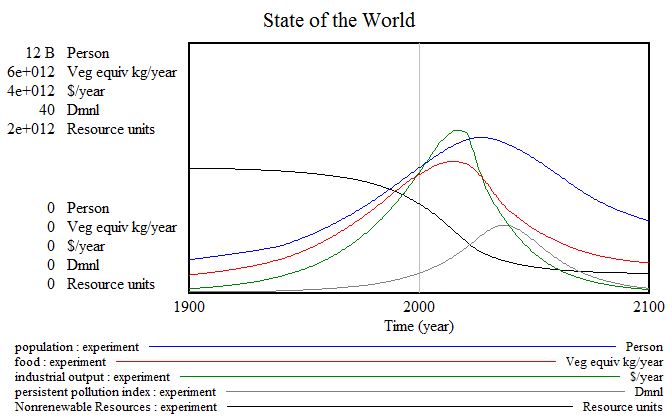
"The second major noncorporate application of system dynamics came shortly after the first. In 1970, Jay Forrester was invited by the Club of Rome to a meeting in Bern, Switzerland. The Club of Rome is an organization devoted to solving what its members describe as the "predicament of mankind"—that is, the global crisis that may appear sometime in the future, due to the demands being placed on the Earth's carrying capacity by the world's exponentially growing population. At the Bern meeting, Forrester was asked if system dynamics could be used to address the predicament of mankind. His answer, of course, was that it could. On the plane back from the Bern meeting, Forrester created the first draft of a system dynamics model of the world's socioeconomic system. He called this model WORLD1. Upon his return to the US, Forrester refined WORLD1 in preparation for a visit to MIT by members of the Club of Rome. Forrester called the refined version of the model WORLD2. Forrester published WORLD2 in a book titled World Dynamics."
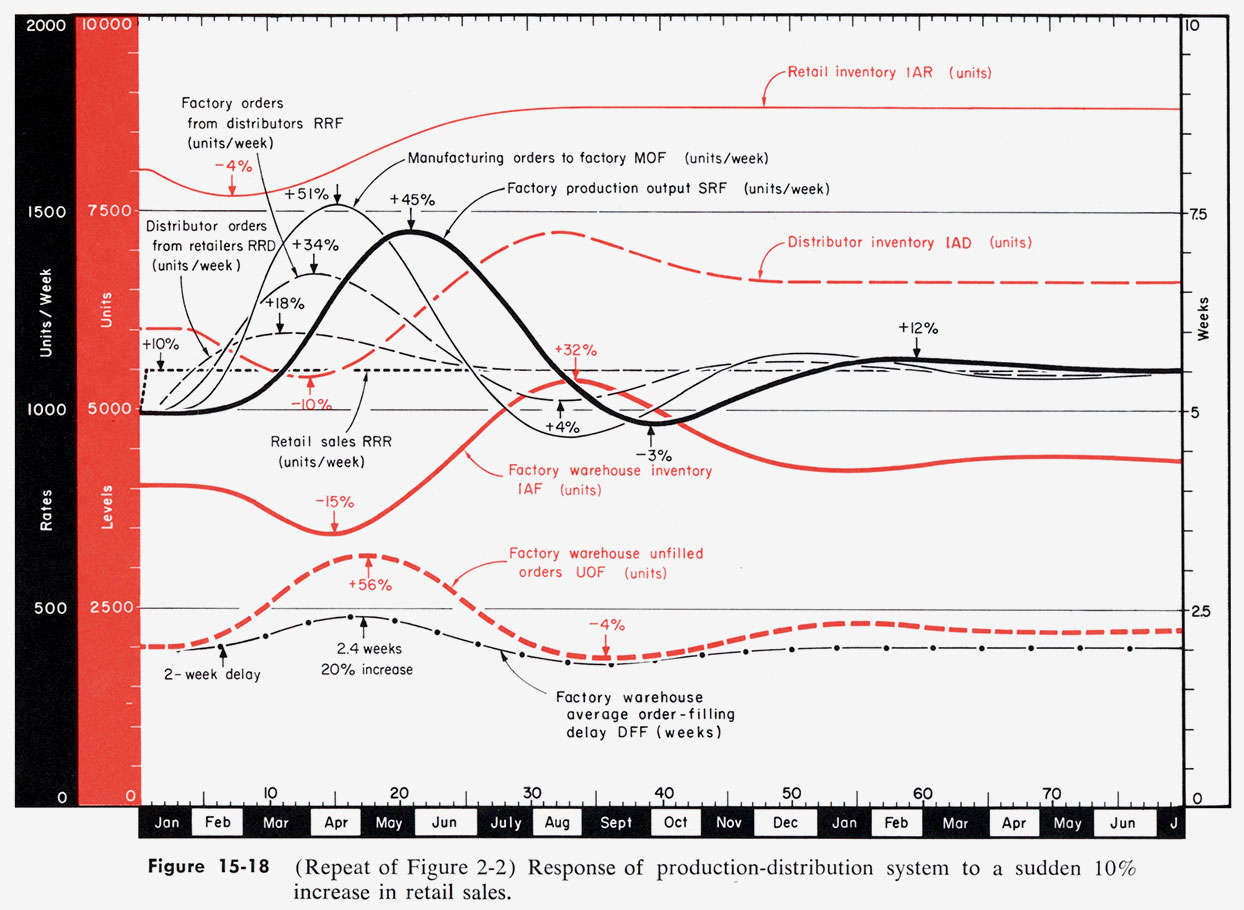
The Prophet of Unintended Consequences - by Lawrence M. Fisher.
"Jay Forrester’s computer models show the nonlinear roots of calamity and reveal the leverage that can help us avoid it."
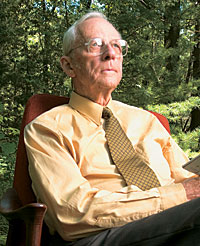
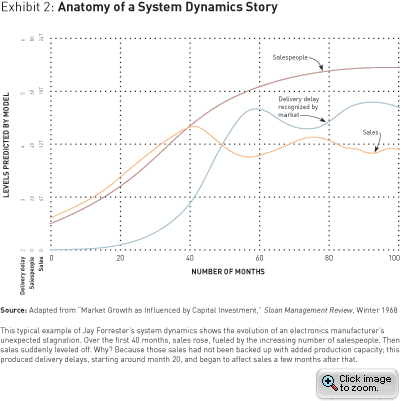
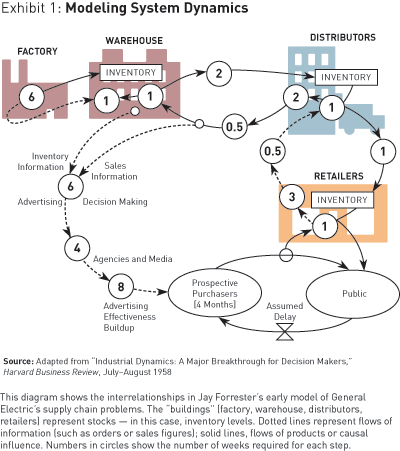
Model Metropolis - by Kevin T. Baker "Behind one of the most iconic computer games of all time is a theory of how cities die—one that has proven dangerously influential."
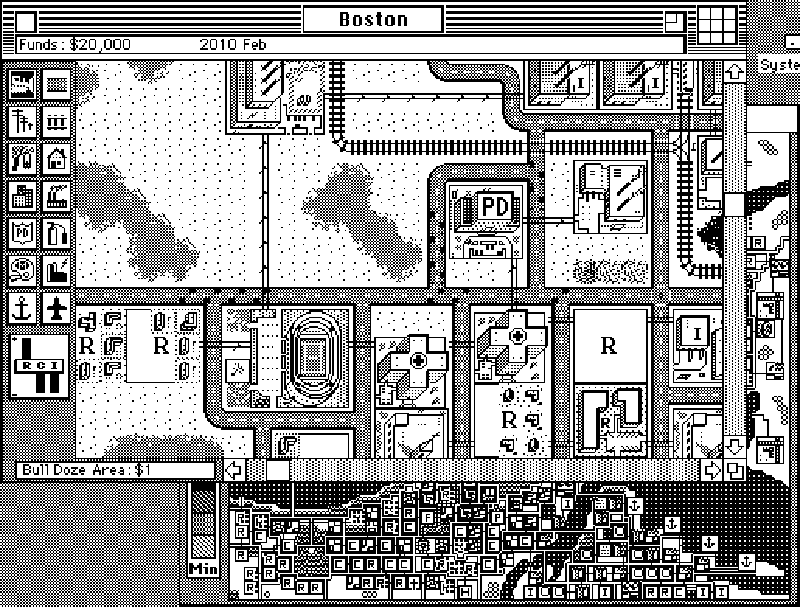
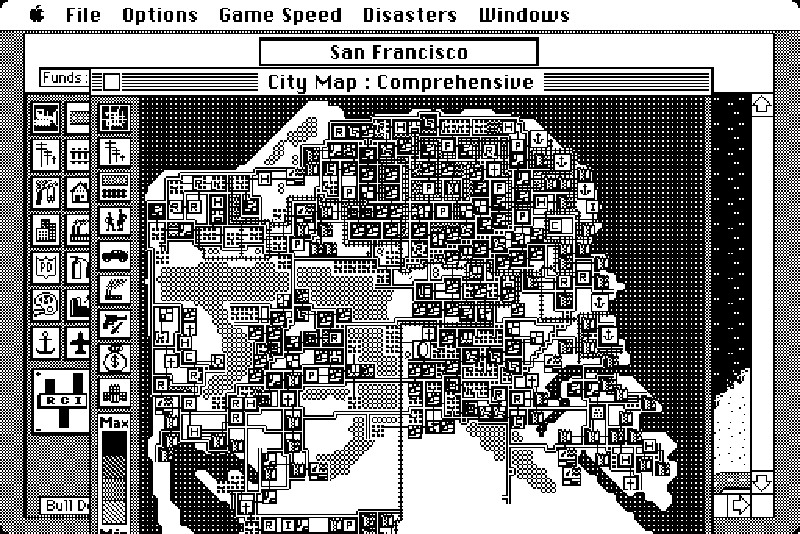
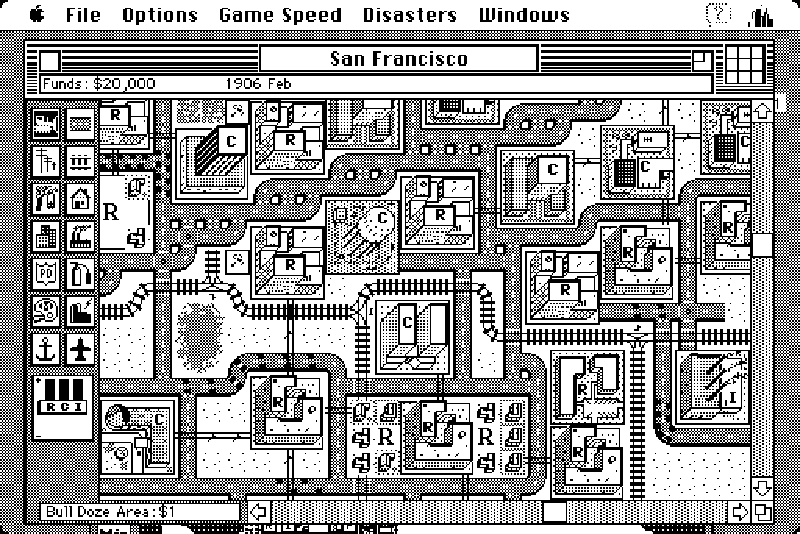
"Will Wright‘s SimCity was originally a map developing feature within the game Raid on Bungeling Bay. Born of Wright’s love for the intricacies of urban planning and of his interest in Jay Wright Forrester‘s System Dynamics, the city-building simulator was later developed as a spin-off program because Wright was more interested in building the city’s maps than playing the actual game. (via)"
Video: A Model Simulator: Lives of Jay W Forrester
Video: Jay Forrester (Part 1)
Applications of System Dynamics - Jay W. Forrester
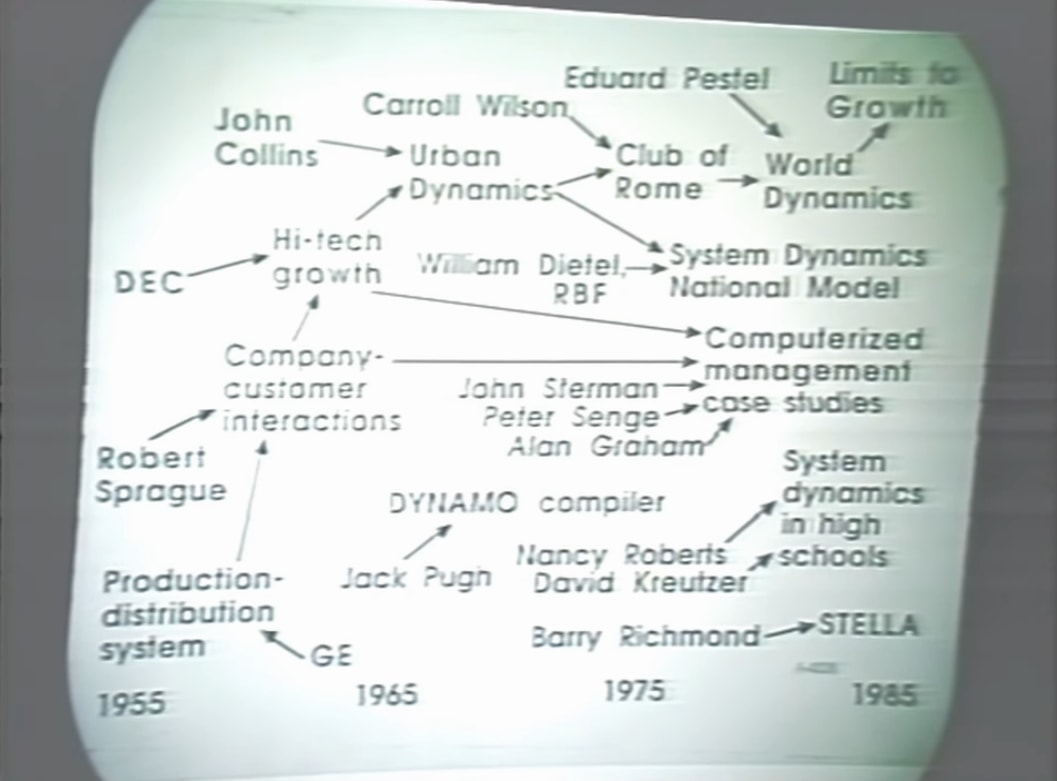
Forrester on Courage
"Life must be very practical, it is not theoretical, it is not conceptual with out purpose. What works gets results." - Jay Forrester
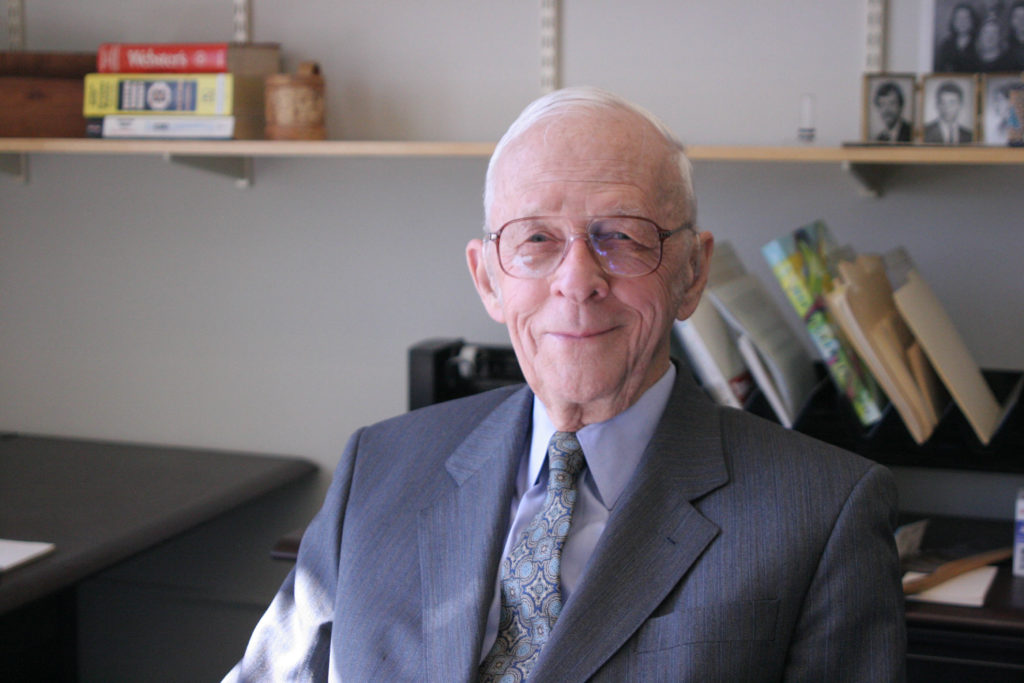
#Complexity #Systems #Business #Military #ClimateChange #Regenerative #ML #KM #SE
Toshiba Touts Algorithm That’s Faster Than a Supercomputer (Bloomberg) (alt source)
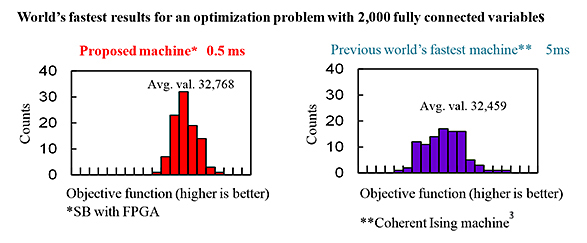
"Toshiba's "Simulated Bifurcation Algorithm" is designed to harness the principles behind quantum computers without requiring the use of such machines, which currently have limited applications and can cost millions of dollars to build and keep near absolute zero temperature. Toshiba says its technology, runs on PCs made from off-the-shelf components."
Simulated Bifurcation Machine (SBM) Technologies (Toshiba)
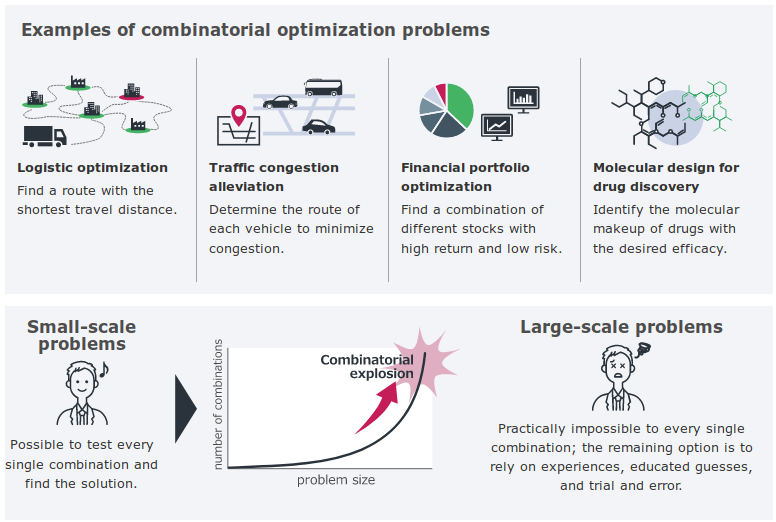
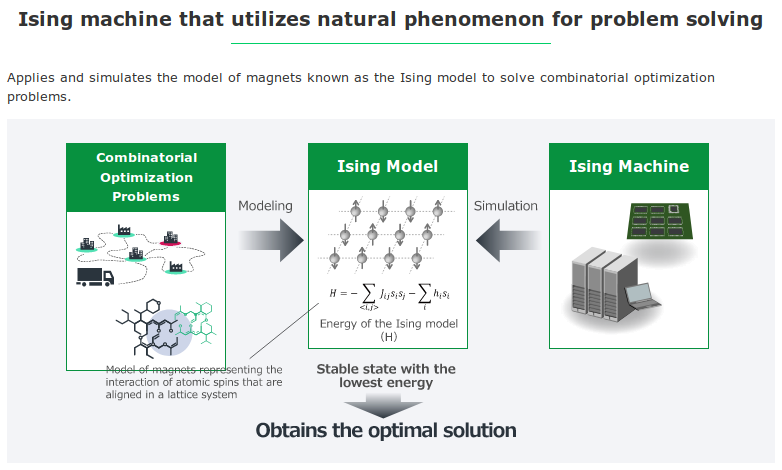
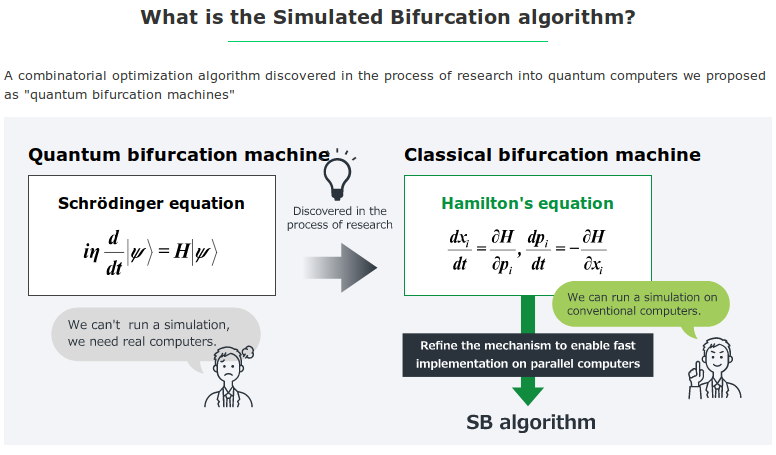
Industrial Ecology Data Commons Prototype (IEDC)
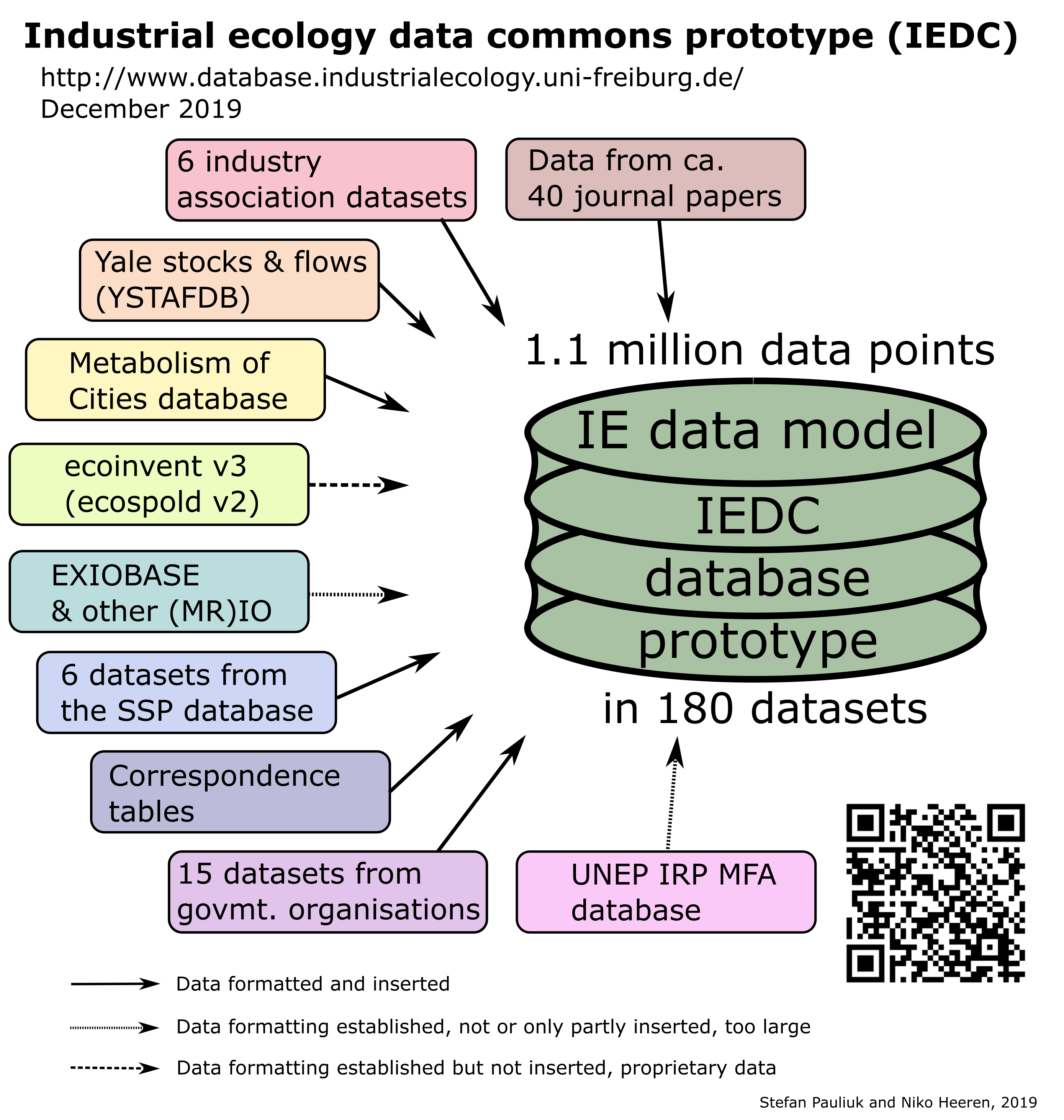
This database contains more than 180 IE-related datasets from the literature, including stocks, flows, process descriptions, IO tables, material composition of products, and many more. All data are structured according to a newly developed general data model for socioeconomic metabolism. We want to show how data storage and exchange in sustainability science could look like in the future and developed some of the building blocks of the required infrastructure. The database is open and documented in a public GitHub repository.
Basics of Material Flow Analysis & Dealing with Uncertainties - by Oliver Cencic
Open Material Flow Analysis with STAN - by Oliver Cenčič
Dynamic Material Flow Analysis with Python - by Stefan Pauliuk
Paper: Material Flow Analysis with Software STAN - by Oliver Cencic & Helmut Rechberger
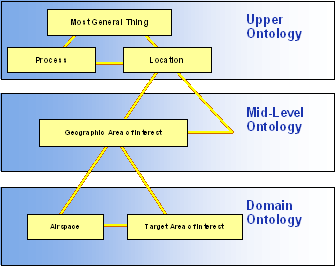
"In information science, an upper ontology is an ontology which consists of very general terms (such as "object", "property", "relation") that are common across all domains. An important function of an upper ontology is to support broad semantic interoperability among a large number of domain-specific ontologies. Terms in the domain ontology are ranked under the terms in the upper ontology, e.g., the upper ontology classes are superclasses or supersets of all the classes in the domain ontologies."
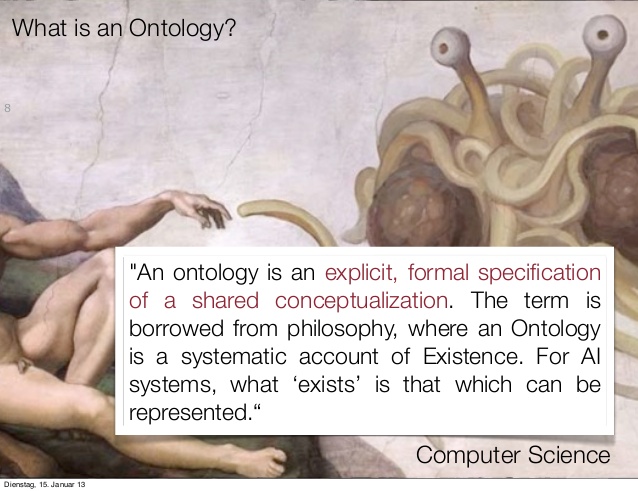
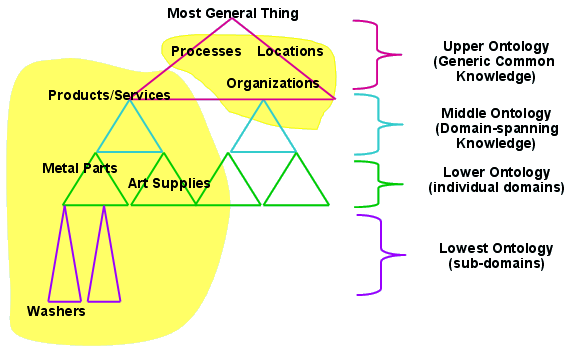
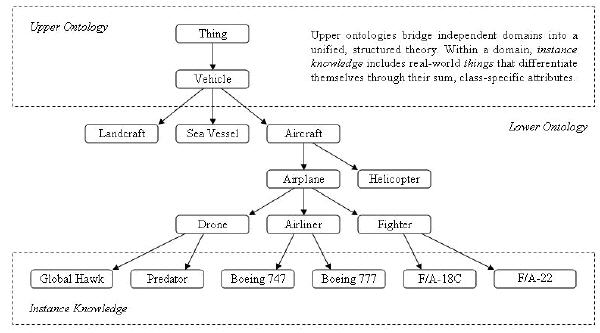
Image from the presentation "Semantic Web Technologies - Ontological Engineering"
Comedy of the Day: Coral.AI, Google's edge computing platform launch use-cases is a "Smart Bird Feeder: A smart bird feeder that uses an image classification model to identify birds, record animal visits, and deter squirrels from stealing bird seed."

Scientists Use Stems Cells From Frogs To Build First Living Robots (The Guardian)
Research Paper: A scalable pipeline for designing reconfigurable organisms - by Sam Kriegman, Douglas Blackiston, Michael Levin, and Josh Bongard (2020)
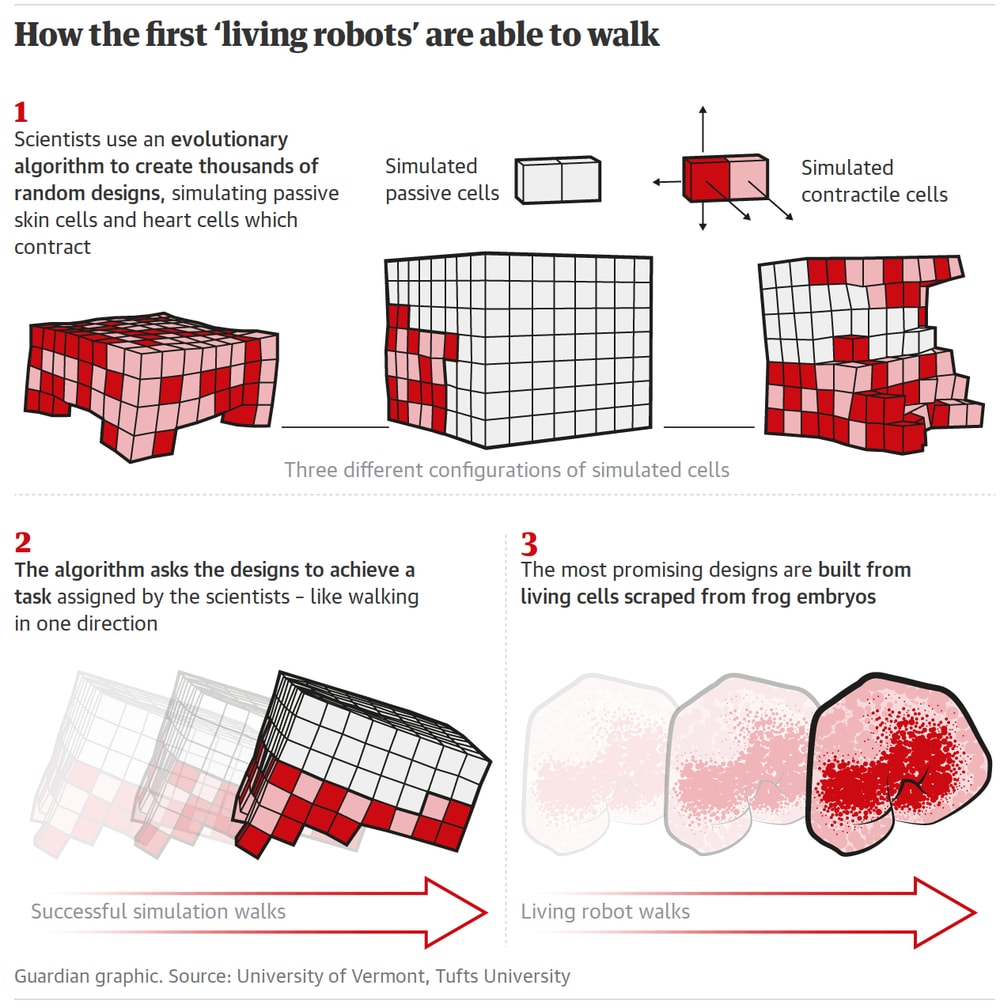
Abstract
: "Here we show a scalable pipeline for creating functional novel lifeforms: AI methods automatically design diverse candidate lifeforms in silico to perform some desired function, and transferable designs are then created using a cell-based construction toolkit to realize living systems with the predicted behaviors. Although some steps in this pipeline still require manual intervention, complete automation in future would pave the way to designing and deploying unique, bespoke living systems for a wide range of functions."
#Comment: Impressive research and ongoing work - congrats! But beyond the praises, please allow me to offer some critical reflections: As usual, the media (and researchers) is willingly mislabeling and exaggerating. Evolutionary Soft-robotics, ALife etc. are progressing, sure. But is this a "first living machine", as is loudly claimed in some of the articles about this work? Humans still lack a functional, semi-universal definition of what constitutes "living". Such questions are by and large still at the same stage, as when Schrödinger published "What Is Life?" in 1944. The reporting on this research contains many other such fantastical claims ("Xenobots SOON could be used to deliver medicine to humans" etc.), presented as hard science/engineering reality - even it clearly encompasses a manifold of unsolved hard problems and questions and is deep in fundamental research territory. More humbleness and restraint would serve all involved parties very well. It makes for good science and a robust public discourse, unlike the hype driven 15min-of-fame click-bait madness of today.
Related: My mini docu "Life": EP 1 on Artificial Life, and EP 2 on Neurorobotics
Computer-designed organisms - interview with Josh Bongard
Computer designed organisms. Aired on CNN Jan 19, 2020.
Researchers: Are we on the cusp of an ‘AI winter’? (BBC)
The article includes a #Comment by me: "The manifold of things which were lumped into the term "AI" will be recognised and discussed separately. What we called 'AI' or 'machine learning' during the past 10-20 years, will be seen as just yet another form of 'computation'" - Samim Winiger. #ML
